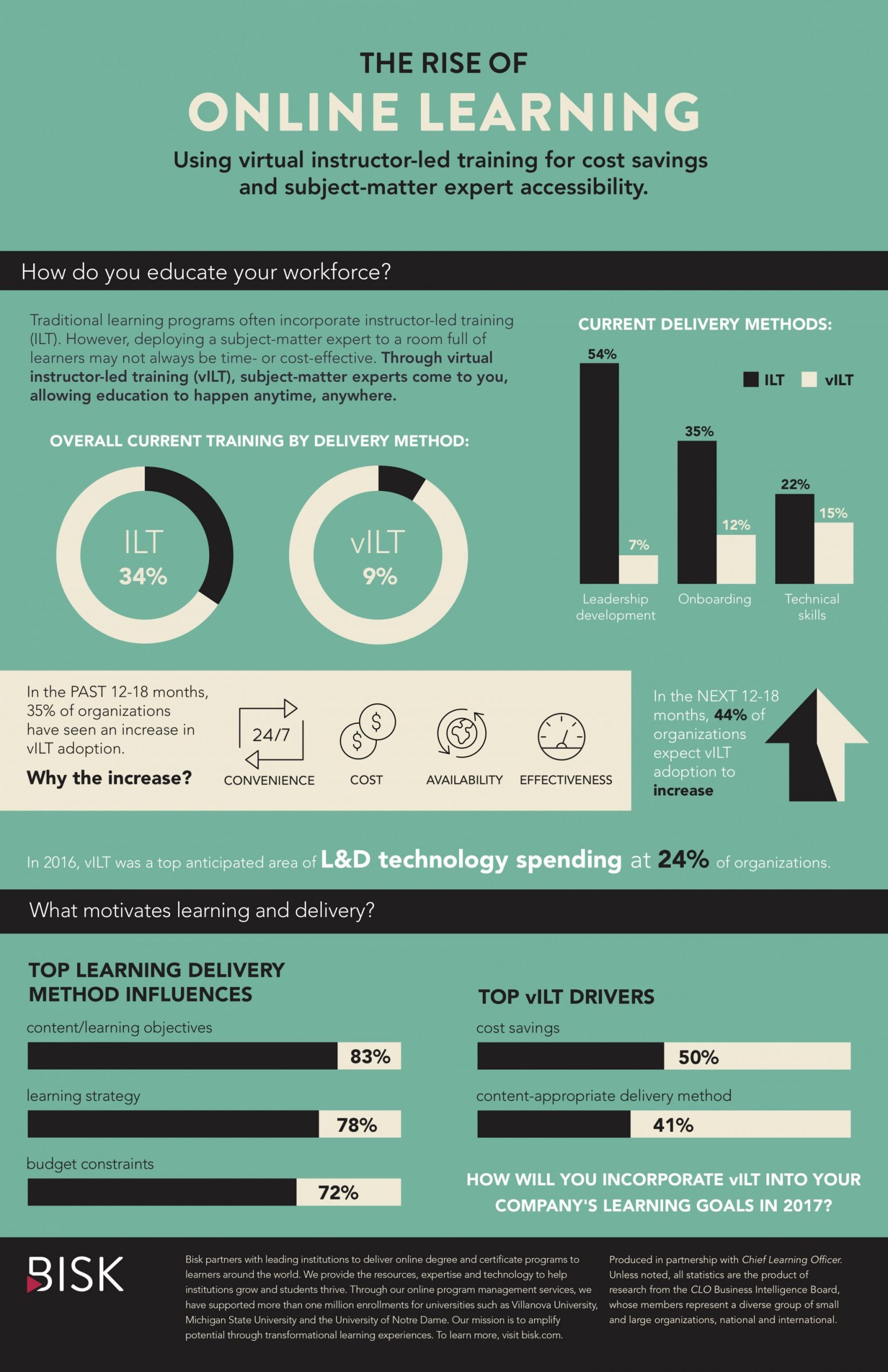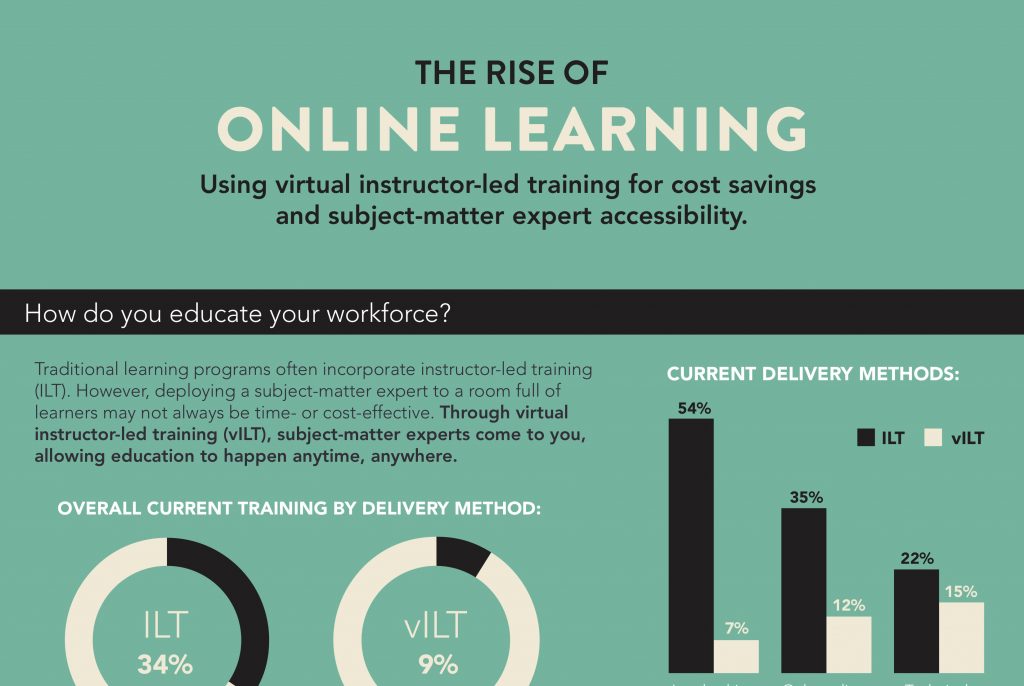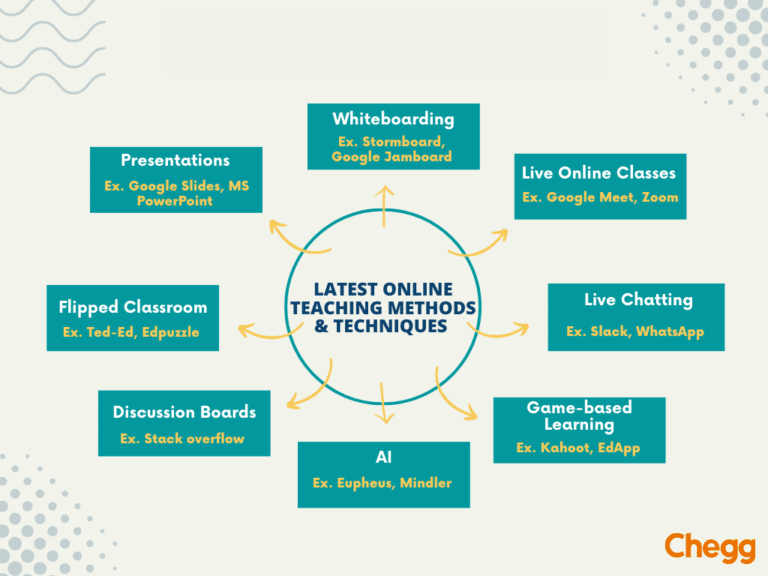The Rise of Online Teaching: A Comprehensive Guide to Opportunities and Possibilities
Related Articles: The Rise of Online Teaching: A Comprehensive Guide to Opportunities and Possibilities
Introduction
With great pleasure, we will explore the intriguing topic related to The Rise of Online Teaching: A Comprehensive Guide to Opportunities and Possibilities. Let’s weave interesting information and offer fresh perspectives to the readers.
Table of Content
The Rise of Online Teaching: A Comprehensive Guide to Opportunities and Possibilities

The digital revolution has profoundly transformed the education landscape, ushering in an era where learning transcends physical boundaries. At the forefront of this transformation stands online teaching, a burgeoning field offering a diverse array of opportunities for educators and learners alike. This article provides a comprehensive exploration of online teaching jobs, outlining their nature, benefits, challenges, and future prospects.
Defining Online Teaching:
Online teaching encompasses a wide spectrum of educational activities delivered through digital platforms. It can involve synchronous instruction, where teachers and students interact in real-time through video conferencing, or asynchronous instruction, where content is delivered through pre-recorded lectures, assignments, and online discussions. The format can vary significantly, ranging from individual tutoring sessions to large-scale online courses offered by universities and educational institutions.
Understanding the Benefits:
Online teaching presents a multitude of advantages for both educators and learners, making it an increasingly attractive career path.
For Educators:
- Flexibility and Work-Life Balance: Online teaching offers unparalleled flexibility, enabling educators to set their own schedules and work from anywhere with an internet connection. This allows for a better work-life balance, accommodating personal commitments and family needs.
- Global Reach and Diverse Student Populations: Online teaching removes geographical limitations, allowing educators to connect with students from across the globe. This exposes educators to diverse cultures and perspectives, enriching their teaching experience.
- Continued Professional Development: The dynamic nature of online learning necessitates constant adaptation and innovation. Educators are encouraged to stay abreast of the latest technological advancements and pedagogical approaches, fostering continuous professional growth.
- Increased Job Security: The demand for online educators is steadily increasing, creating a more secure job market compared to traditional teaching positions.
- Financial Rewards: While compensation can vary based on experience, qualifications, and platform, online teaching often offers competitive salaries and the potential for additional income streams through supplementary courses and resources.
For Learners:
- Accessibility and Convenience: Online learning provides accessibility for individuals who may face geographical, financial, or time constraints in accessing traditional education. It allows learners to study at their own pace and on their own schedule, accommodating diverse learning styles and preferences.
- Personalized Learning: Online learning platforms often offer personalized learning paths, tailoring content and pace to individual needs and goals. This allows learners to focus on specific areas of interest and progress at their own pace.
- Cost-Effectiveness: Online courses can often be more affordable than traditional programs, reducing the financial burden of education.
- Global Collaboration and Networking: Online learning platforms facilitate interaction with peers and educators from around the world, fostering global collaboration and networking opportunities.
Types of Online Teaching Jobs:
The online teaching landscape encompasses a diverse array of roles and platforms. Here are some prominent categories:
- K-12 Online Teaching: This involves teaching students in kindergarten through twelfth grade in subjects like math, science, English, and social studies.
- Higher Education Online Teaching: This involves teaching undergraduate and graduate courses at colleges and universities.
- Corporate Training: This involves delivering specialized training programs for employees in various industries.
- Language Teaching: This involves teaching English or other languages to students worldwide through online platforms.
- Test Preparation: This involves preparing students for standardized tests like the SAT, ACT, or GRE.
- Tutoring: This involves providing one-on-one instruction to students in specific subjects or skills.
Platforms and Resources:
Numerous online platforms facilitate online teaching, offering resources, support, and opportunities for educators. Some popular platforms include:
- Coursera: A global online learning platform offering courses from top universities and institutions.
- EdX: Another global platform offering online courses from leading educational institutions.
- Udemy: A platform for learning and teaching a wide range of subjects, from programming to music.
- Skillshare: A platform focused on creative and professional skills, offering courses in design, writing, and marketing.
- VIPKid: A platform specializing in teaching English to Chinese children.
Challenges of Online Teaching:
While online teaching offers numerous benefits, it also presents unique challenges:
- Technical Proficiency: Educators must be comfortable using various online tools and platforms to deliver effective instruction.
- Maintaining Student Engagement: Engaging students in an online environment can be challenging, requiring innovative teaching methods and strategies.
- Lack of Physical Presence: The absence of physical presence can make it difficult to build strong relationships with students and gauge their understanding.
- Time Management: Managing time effectively can be crucial, especially when dealing with asynchronous instruction and student communication.
- Cybersecurity and Privacy: Ensuring the safety and privacy of students’ data is paramount in an online learning environment.
FAQs about Online Teaching:
Q: What qualifications are required for online teaching jobs?
A: The qualifications vary depending on the specific role and platform. However, most online teaching positions require a bachelor’s degree and relevant teaching experience. Some platforms may also require specific certifications or training.
Q: How much can I earn as an online teacher?
A: Compensation for online teachers varies based on factors such as experience, qualifications, platform, and course load. Some platforms offer hourly rates, while others pay per student or per course.
Q: What are the best platforms for online teaching?
A: The best platform for online teaching depends on your teaching goals and preferences. Consider factors like subject matter, target audience, payment structure, and support services offered by each platform.
Q: How do I find online teaching jobs?
A: You can find online teaching jobs through various channels, including:
- Online job boards: Websites like Indeed, Monster, and LinkedIn often list online teaching positions.
- Platform websites: Many online learning platforms have sections for job postings and teacher applications.
- Professional organizations: Educational organizations often provide resources and job boards for online teachers.
- Networking: Connecting with other online teachers and educators can lead to job opportunities.
Tips for Success in Online Teaching:
- Develop Strong Technological Skills: Master the tools and platforms used for online teaching, including video conferencing, learning management systems, and online assessment tools.
- Create Engaging Learning Materials: Design interactive and engaging content that caters to diverse learning styles and keeps students actively involved.
- Foster a Positive Learning Environment: Encourage active participation, provide clear expectations, and create a supportive and inclusive online community.
- Maintain Regular Communication: Communicate effectively with students through various channels, addressing their questions and concerns promptly.
- Seek Professional Development: Stay updated on the latest pedagogical approaches and technological advancements in online learning.
Conclusion:
Online teaching has emerged as a transformative force in education, offering a dynamic and rewarding career path for educators. The flexibility, global reach, and continuous learning opportunities offered by online teaching are attracting a growing number of educators seeking a fulfilling and impactful career. By embracing the challenges and leveraging the benefits of this evolving field, educators can contribute to the future of education and empower learners worldwide.








Closure
Thus, we hope this article has provided valuable insights into The Rise of Online Teaching: A Comprehensive Guide to Opportunities and Possibilities. We hope you find this article informative and beneficial. See you in our next article!